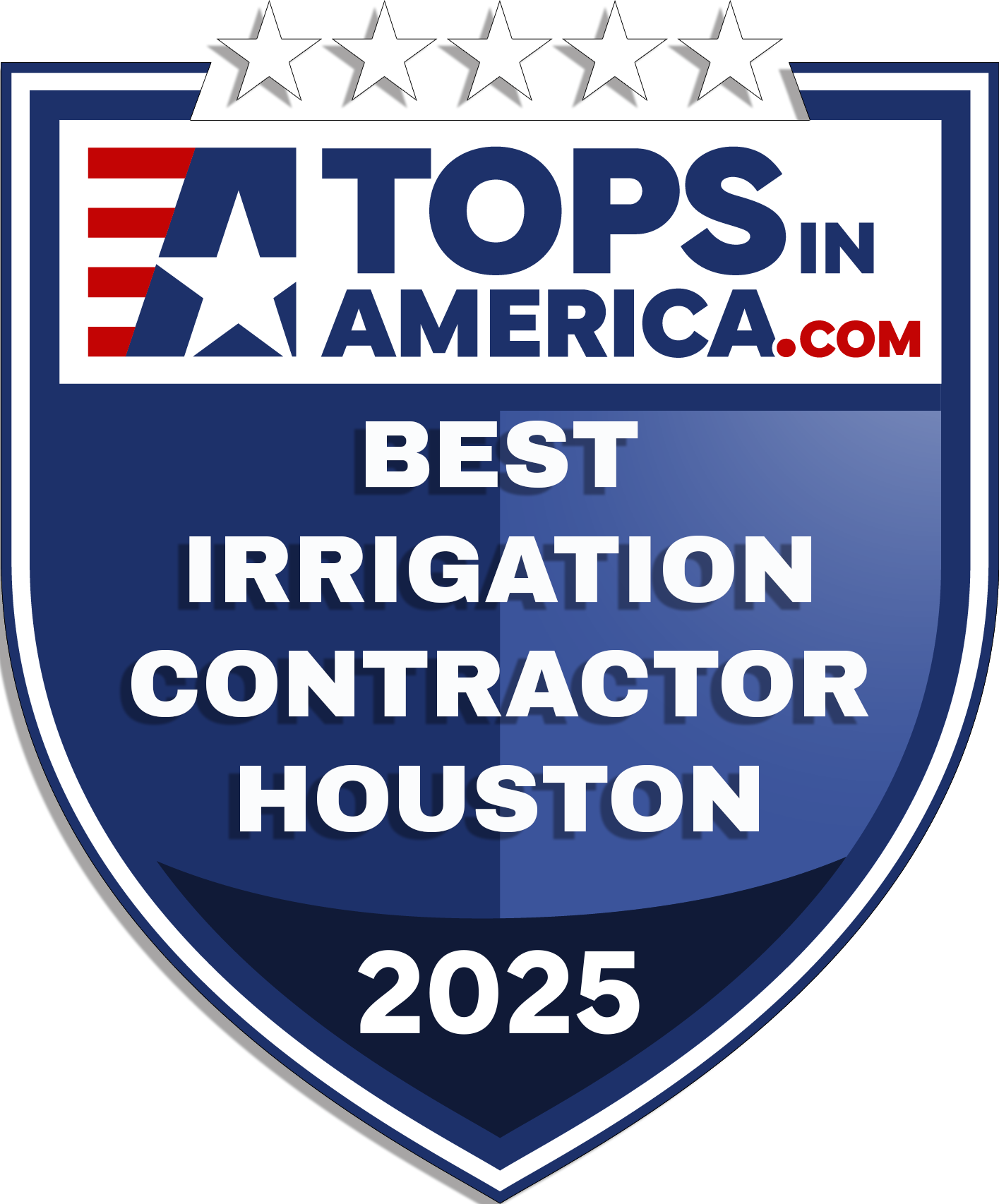Best Practices for Irrigation Pump Winterization in Conroe TX
As the temperature begins to drop in Conroe, TX, preparing your irrigation system for the winter months is crucial to avoid damage from freezing temperatures. Winterization is an essential process that protects your irrigation pump from the harsh winter, ensuring it remains in optimal condition for the spring. Here we detail the best practices for irrigation pump winterization in these areas, helping you safeguard your investment and maintain a healthy, vibrant landscape year-round.
Why Winterize Your Irrigation Pump
Winterizing your irrigation pump prevents water from freezing within the system, which can lead to pipes bursting, pump breakdowns, and costly repairs. Especially in Conroe, TX, where temperatures can fluctuate enough to cause freezing conditions without proper precaution, winterization is critical.
Steps for Effective Winterization
1. Turn Off the Water Supply
The first step in winterizing your irrigation system is to shut off the water supply to the pump. Locate the main valve, which is typically found in the basement or buried near the water meter outside. This step prevents more water from entering the system during the winterization process.
2. Drain the System
After the water supply is shut off, open the drain valves to allow water to exit the irrigation system. For thorough draining, activate each zone of the system sequentially using the controller. This method helps ensure that all pipes are emptied. It’s essential not to rush this process; ensure all water is evacuated from the pipes and pump.
3. Blow Out the Pipes (Optional)
For an extra layer of protection, consider using an air compressor to blow out any remaining water in the system. Connect the air compressor hose to the pumping system, and blow air through the pipes, starting with the zone closest to the pump and moving outward. Keep the pressure below 50 PSI to avoid damaging the pipes.
4. Insulate Aboveground Components
Any aboveground components, such as backflow preventers and valves, should be insulated to protect against freezing temperatures. Use insulating materials or covers specifically designed for outdoor use and resistant to moisture.
5. Turn Off Electrical Supply to the Pump
To avoid unnecessary energy usage and protect the electrical components of your irrigation system, turn off the power supply to the pump. If there is a dedicated breaker for the irrigation system, switch it off at the circuit breaker panel.
6. Protect the Pump and Controller
For the pump, if it’s portable, consider storing it indoors during the winter. For non-portable pumps, cover them with insulated blankets or an approved pump cover. Similarly, protect the controller by covering it or bringing it indoors if possible.
7. Professional Inspection
Consider scheduling a professional inspection before starting the winterization process. A professional can identify potential issues and ensure that your system is properly prepared for winter. This proactive measure can save you money and prevent headaches when it’s time to restart your irrigation system in the spring.
Taking the time to properly winterize your irrigation pump and system in Conroe, TX, can prevent damage, save money, and keep your landscape in top condition. By following these best practices, you can rest assured that your irrigation system will be ready to go when the warm weather returns. Remember, an ounce of prevention is worth a pound of cure, especially when it comes to protecting your irrigation investment against the winter freeze.
If you have any questions or need any type of sprinkler system repair, the experts at Mr Sprinkler Repair will be glad to help. Give us a call or 855-695-1000 to set an appointment.


